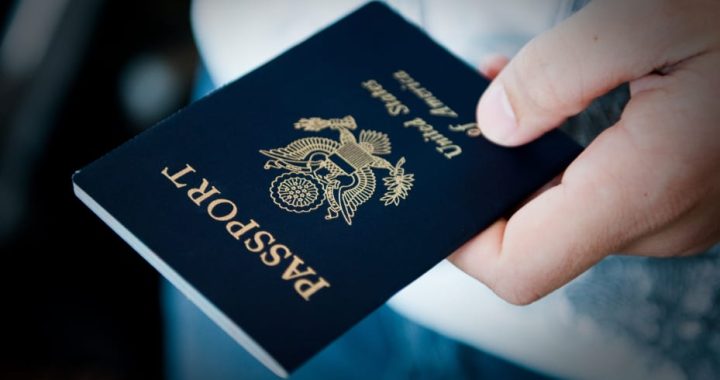Questions People Generally Ask About Thermocouple Sensor
3 min readLast Updated on September 20, 2021 by Aaron Thompson
To measure temperature, industries usually use the thermocouple as a device. All sectors that control the temperature or require heat flow use it as a temperature sensor for the processes.
Questions about Thermocouple Sensor
What is the temperature range of a thermocouple Sensor ?
Thermocouple measurement is typically done with a mercury-in-glass sheath. The size and shape of the sheath must match the size and shape of the coil on the thermocouple’s input side. Thermocouple measuring devices differ from others in their ability to detect small temperature changes. Some thermocouples have an attached LED indicator, so the user can see the temperature reading at any given time. However, all thermocouples must have an attached ground wire, which connects the source of power supply to the area where the thermocouple will be attached. Grounding prevents electrical interference, which is necessary for thermocouple measurements to be accurate. Most importantly, an extensive temperature range is the thermocouple thermometer’s greatest asset, and they typically have a degree from zero to 1800˚C.
How does a thermocouple thermometer work?
The principles that make a thermocouple work can be trace to the Seebeck effect, also known as the thermoelectric effect. Named after the German physicist Johann Seebeck, the Seebeck effect displayed itself to the scientist in 1821 when “a junction of two dissimilar metals” put a magnetic needle into motion once exposed temperature changes. Initially called the “thermo-electric effect”, the Seebeck phenomenon showed a directly proportional relationship between the amount of voltage produced to the temperature difference. Hence a new way to measure temperature.
How to calibrate a thermocouple?
Calibration of thermocouples requires technoscientific equipment. There are following are the ways we can calibrate the thermocouple.
Thermodynamic fixed-point calibration
The thermodynamic fixed-point calibration is the most reliable way to calibrate the thermocouple. This method matches the thermocouple’s temperature readings against the globally endured, fixed temperature points of familiar elements where their physical state changes. Thermodynamic fixed-point calibration is the most authentic way to calibrate the thermocouple.
Stirred bath or furnace method
The option in a stirr bath or furnace is apply bases on the temperature terms. When the temperature is at the craved level, a thermocouple to be calibrated is used to regulate temperature along with a known exact thermocouple. If the thermocouple requires calibration, the two thermocouples will show distinct readings. This method is also conduct in the lab, but it is not so much reliable as thermodynamic fix-point calibration.
How to use a thermocouple?
To learn how to use a thermocouple, you must retrieve that the electronic contraption is basically the union of two dissimilar metals. As such, there are two fundamental parts of a thermocouple:
- The input end
- The output end
The input end is the position where the two dissimilar metals coincide. This is the probe – by which you have a thermocouple get in contact with the element to be measured.
The open end of a thermocouple is the point where the metals get separate. Alternatively, this open end is also known as the output end, as the voltage (emf) generate at this end is directly proportional to the temperature witness at the input end (joint end).






